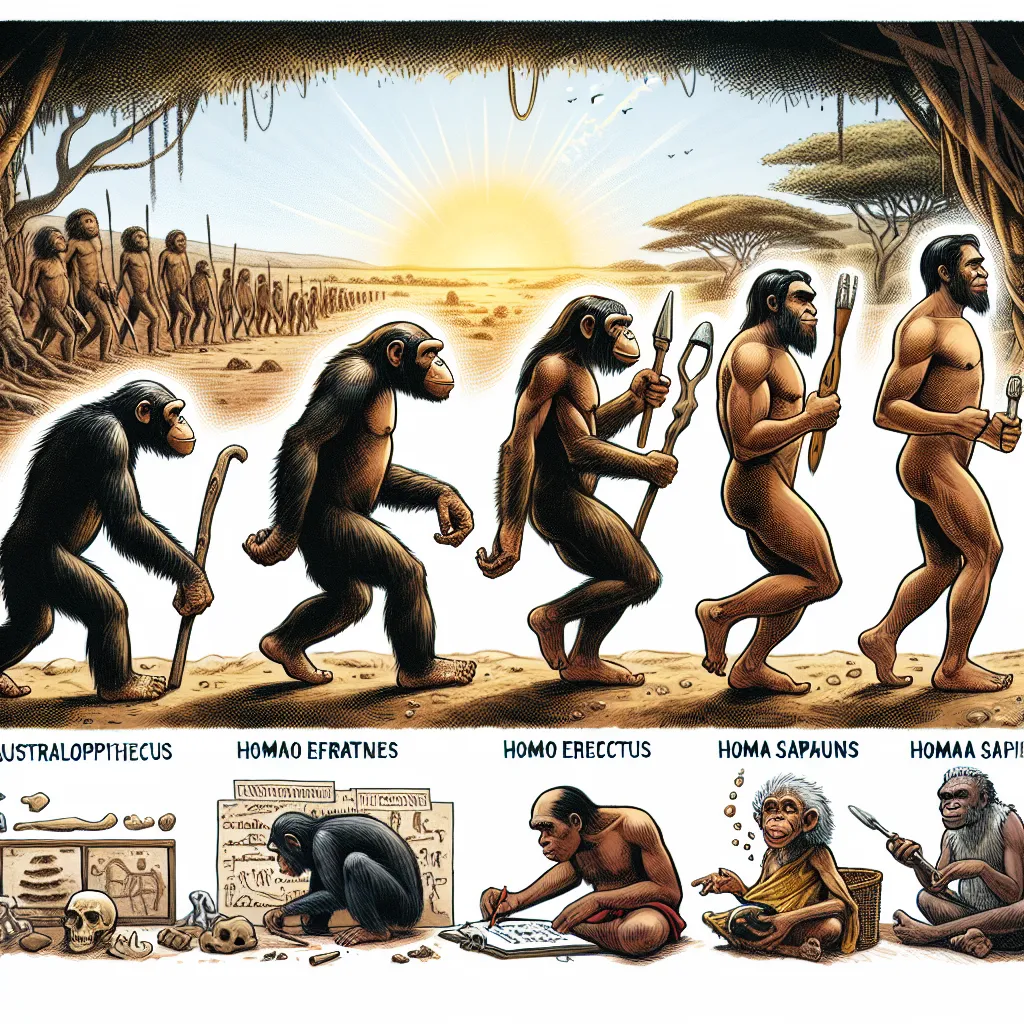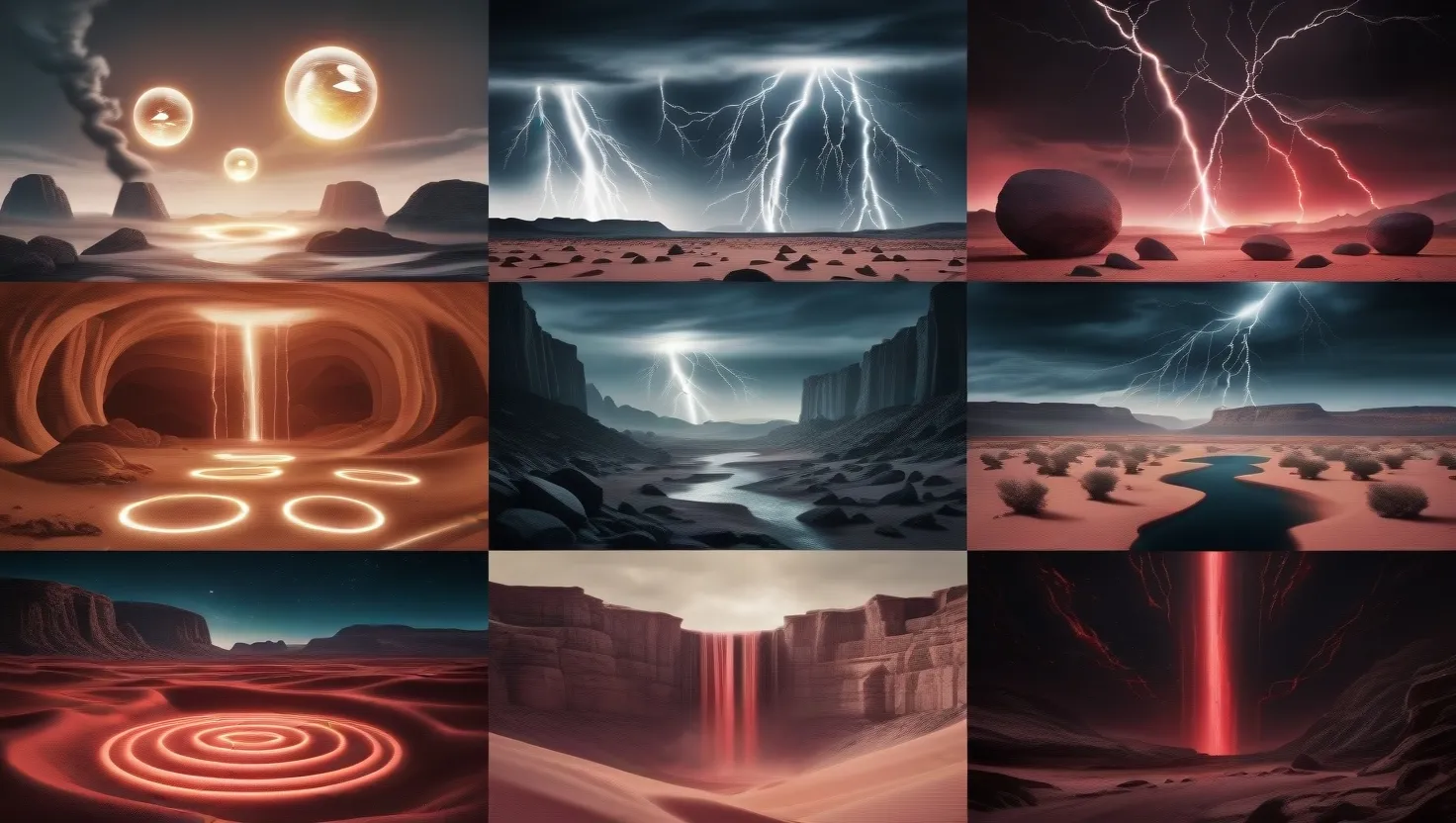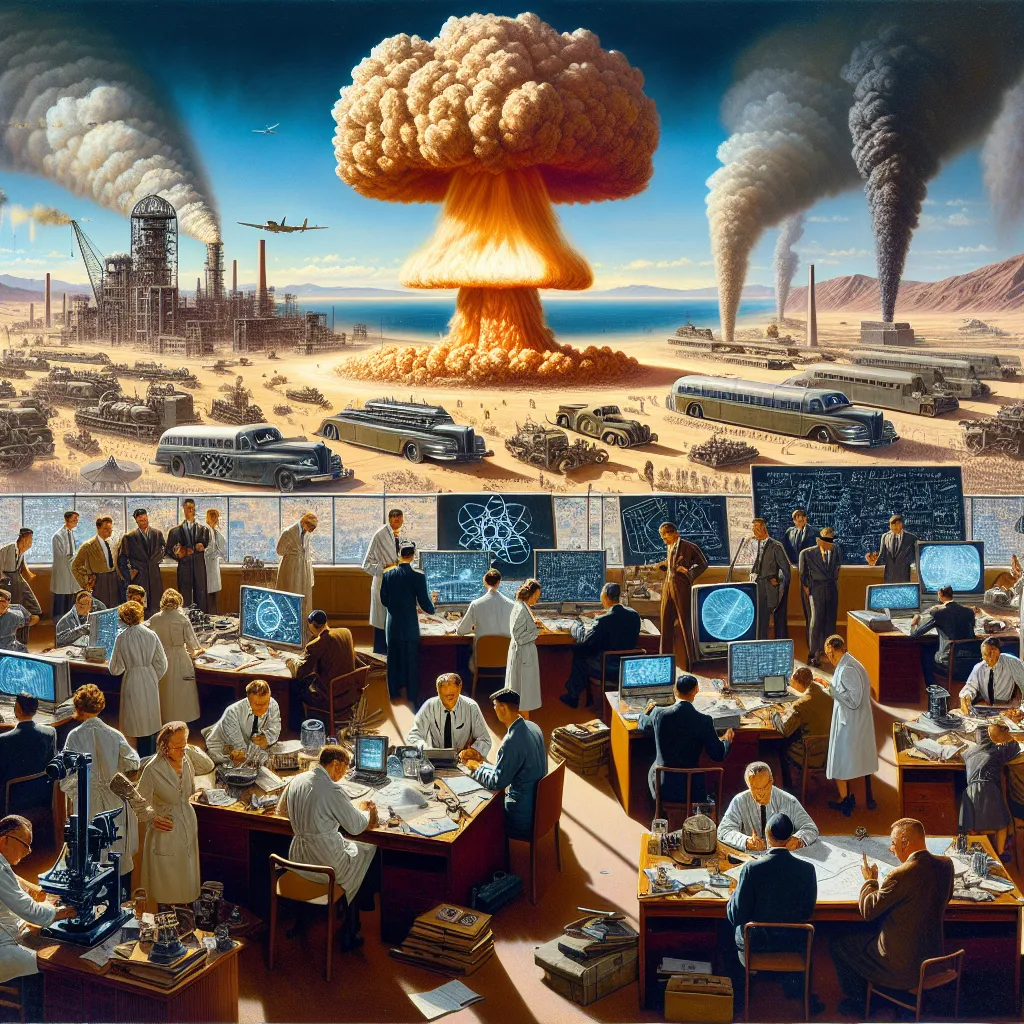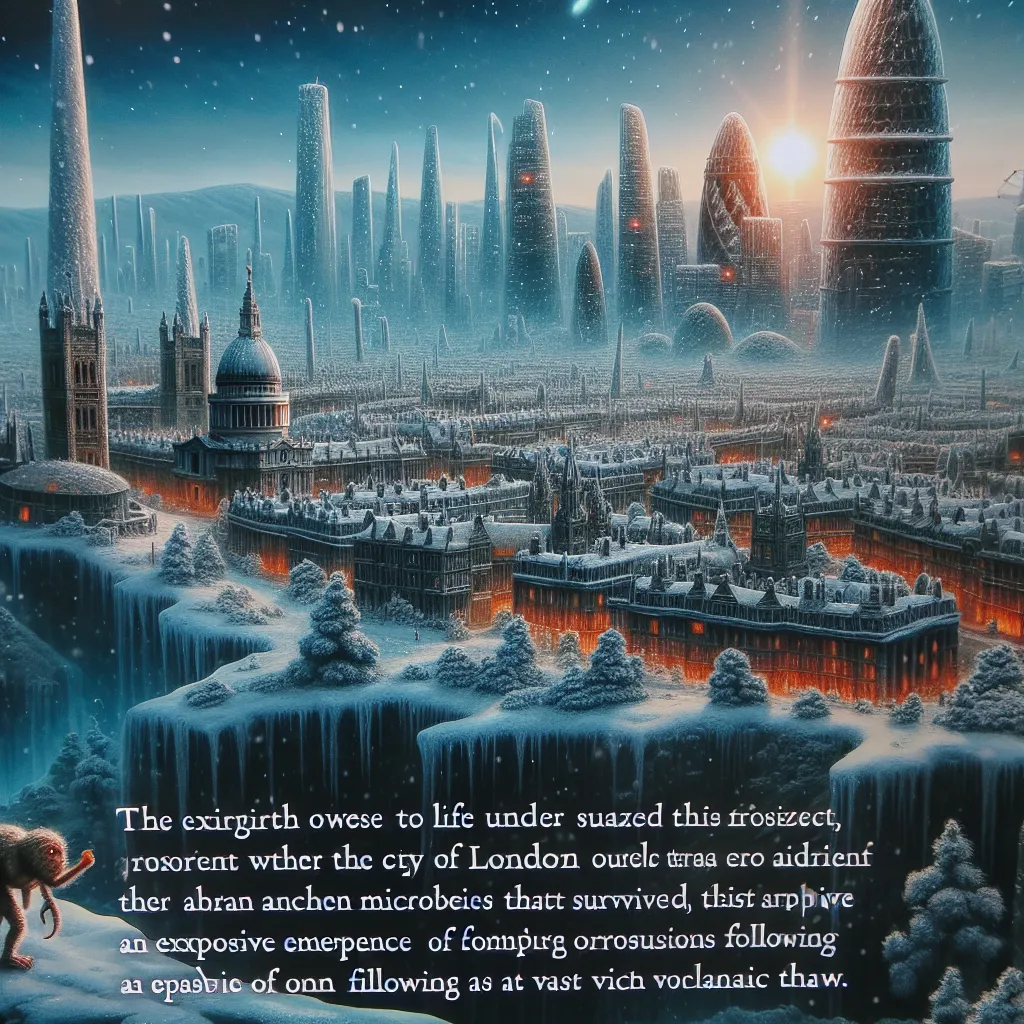Imagine needing to compete with the fiercest predators, tame fire, and make tools to survive epic natural disasters. This is the journey from an ape-like creature to becoming a human being, a story steeped in struggle and ultimate triumph. It’s the tale of our battle for survival against near extinction, propelling us to rise above all other creatures on earth. This is our story, the story of what makes us human.
We embark on a journey in South Africa to uncover what makes us human. Here, nestled amidst ancient caves and fossils, we hope to untangle the secrets of our past. Dr. Lee Berger, a scientific detective, leads this quest, sniffing out fossils of our ancient ancestors. Berger’s hunt is about more than finding old bones; it’s about figuring out what makes us tick as humans, the unique animal on this planet.
Many critical events in human evolution took place in Africa. From the origin of our big brains and our mastery of fire to the evolution of modern humans, this continent holds all the clues. Imagine millions of bones packed together over the millennia, among them fossils of three early members of our family tree: Australopithecus afarensis, Homo erectus, and early Homo sapiens. Only one would survive to become modern humans.
Let’s meet Australopithecus afarensis. Nearly 4 million years ago, this little guy with a small brain achieved the staggering feat of standing up and walking on two legs. Then there’s Homo erectus, appearing about 1.8 million years ago, with a brain two-thirds the size of ours, who brought us tools and fire-making. Finally, early Homo sapiens, around 200,000 years ago, who looked like us and had a brain our size but didn’t quite behave like modern humans.
In reconstructing Australopithecus afarensis, experts gather bones and imagine what this creature looked like, walked like, and behaved. In London, an actor dressed as afarensis walks among the public, capturing the imagination and curiosity of passersby.
Despite standing on two legs, Australopithecus afarensis doesn’t quite pass for human today. Enter Homo erectus, the toolmaker, with a larger brain and better survival skills. Fossils reveal his prowess in tool-making and suggest he could control fire, transforming his environment and threatening predators like leopards.
With tools evolved from stone chips, Homo erectus begins to solve complex problems and shape the future of humanity. Scientists recreate the tools to understand his intelligence and discover they’re nearly as effective as modern knives, revolutionizing his way of life.
Yet, it’s not just his tool-making that defines Homo erectus. His ability to control fire is a game changer, providing protection and warmth and possibly leading to the evolution of modern technology.
Homo erectus roamed for nearly 2 million years, far outlasting us. But it’s early Homo sapiens, living around 200,000 years ago, who carry the full potential of modern humanity. Around 60,000 years ago, they take a great leap, showcasing creative brilliance and advanced tool-making.
Fast-forwarding to now, geneticist Dr. Spencer Wells searches for answers in DNA. His findings? We are all descendants of one man from 60,000 years ago—a survivor of a massive population bottleneck likely caused by catastrophic events like a supervolcano.
Through evolutionary leaps, our species—Homo sapiens—develops creativity, language, and the power to control and shape our world. This story, full of trials and remarkable achievements, is what makes us uniquely human, setting us apart from the rest of the animal kingdom.






